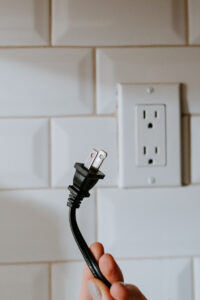 Electricity is dangerous and a lot of precaution is necessary when you work around it all the time. This raises the concern for electricians and how they manage to not get electrocuted. We know there are many things they know that everyone else doesn’t, but is that all?
Electricity is dangerous and a lot of precaution is necessary when you work around it all the time. This raises the concern for electricians and how they manage to not get electrocuted. We know there are many things they know that everyone else doesn’t, but is that all?
Could there be other things electricians do to protect themselves from getting electrocuted? Let’s find out:
Appropriate Tools
An electrician makes sure to always use appropriate tools while doing electrical work, in order to stay protected. There are many protective tools and equipment available for electrical work, they include:
- Insulated Screwdrivers to protect you while working on an energized circuit during installation of light fixtures, or wall plate and mounting outlet box removal.
- Wire strippers for correctly stripping wires. They can remove insulation without causing damage to the conductor beneath. These strippers have graduated holes along its jaw length, and you can match the hole sizes to the wire size you intend to strip.
- A protective eyewear is a necessary tool to avoid having vision damaged.
- Side-cutting pliers are highly versatile, and can be useful for anything from snipping through cable and wire, to pulling cables through walls. The protective ones have insulated handles to avoid electrocution.
- A voltage sniffer is a tool that helps confirm that electricity is not present. This is one of the most important tools as it protects you from making moves on a live circuit that may be dangerous and lead to a hazard. These tools do not necessarily make contact with outlet prongs or wires, they can still detect when there’s live power.
- Insulating rubber and leather gloves protect electricians from both high and low voltage.
- Safety boots are a necessity, and come with soles that are non-conductive, making sure that electricity does not get through.
- Arm sleeves made of rubber are worn in situations of high voltage to avoid electrocution
- Mats that are rubber insulating are useful when electricians have to lean or stand
- The corona suits are not worn for fancy. They are necessary for transmission line work, to keep the electrician safe from high voltage electricity.
Precautions
Electricians are also conscious about precautions when it comes to their line of work. There are ground rules designed to keep you safe while working with electricity and a compromise of these rules can become dangerous.
These are some of the precautions every electrician knows and is conscious of:
- Avoiding water and making sure there is no water around the electrical work site. This means no working with wet hands or wet clothes because of how much electrical conductivity increases.
- Watching out for broken plugs, frayed cords and damaged insulation in equipment and not using such equipment.
- Making sure the mains are turned off while working.
- Avoiding energized equipment repairs until they are de-energized.
- Never making use of a steel or aluminum ladder because of the high conductivity. A wooden or bamboo wire is always a safer option.
- Being familiar with the country’s wire code.
These are some of the ways electricians are kept safe at our company, The Electric Connection, and we’ve done a good job of making sure our electricians are properly trained against electrical hazards.





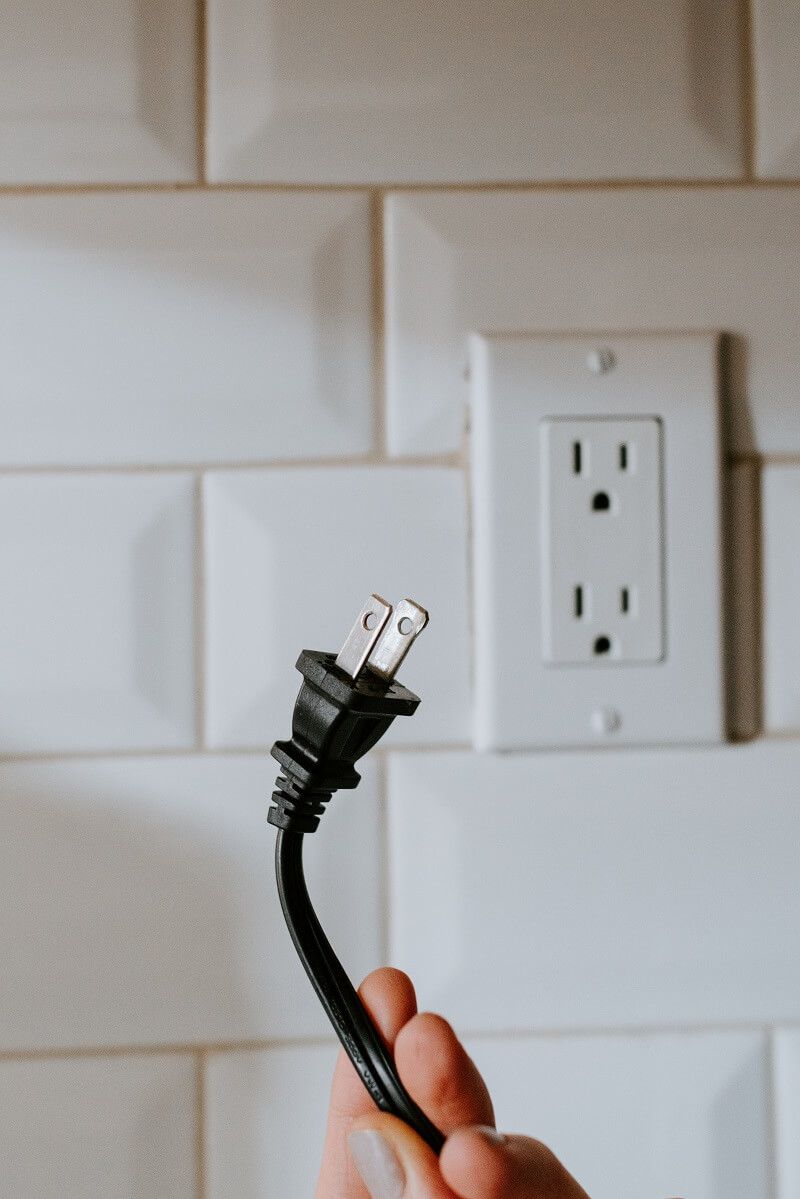

 As a homeowner, every spring, there are certain aspects of your property that are crucial to maintain along with your daily tasks. A main aspect of springtime preparedness is to maintain your electricity and safety standards to keep your family safe. Use these three spring electrical tips from
As a homeowner, every spring, there are certain aspects of your property that are crucial to maintain along with your daily tasks. A main aspect of springtime preparedness is to maintain your electricity and safety standards to keep your family safe. Use these three spring electrical tips from 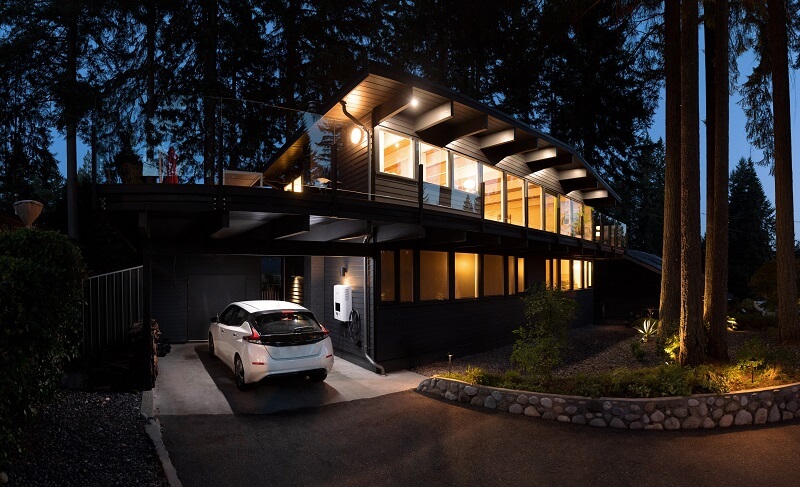
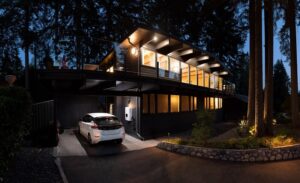 If you just got a Nissan Leaf or are planning to get one, one of the many questions you probably have is whether you can
If you just got a Nissan Leaf or are planning to get one, one of the many questions you probably have is whether you can 



 There is nothing scarier than hearing your fire alarm go off in the middle of the night. You get worried that you left the fire on, or your kids forgot to put off the stove. You might eventually realize nothing that can start a fire is on, but the chirping sound persists.
There is nothing scarier than hearing your fire alarm go off in the middle of the night. You get worried that you left the fire on, or your kids forgot to put off the stove. You might eventually realize nothing that can start a fire is on, but the chirping sound persists.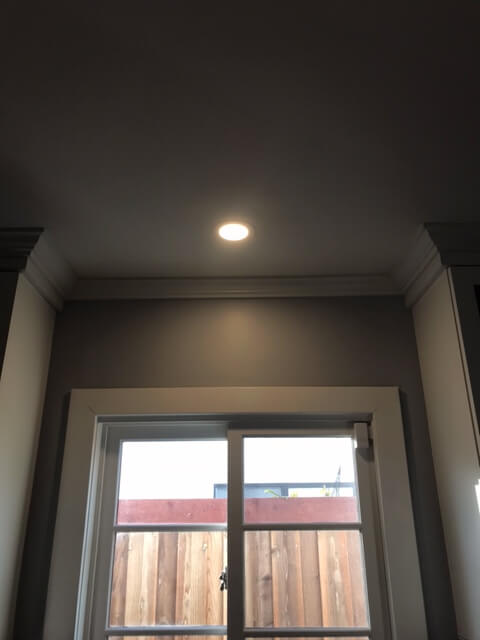
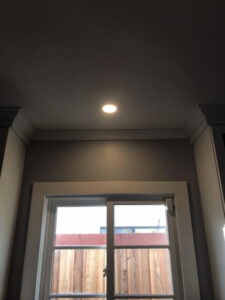
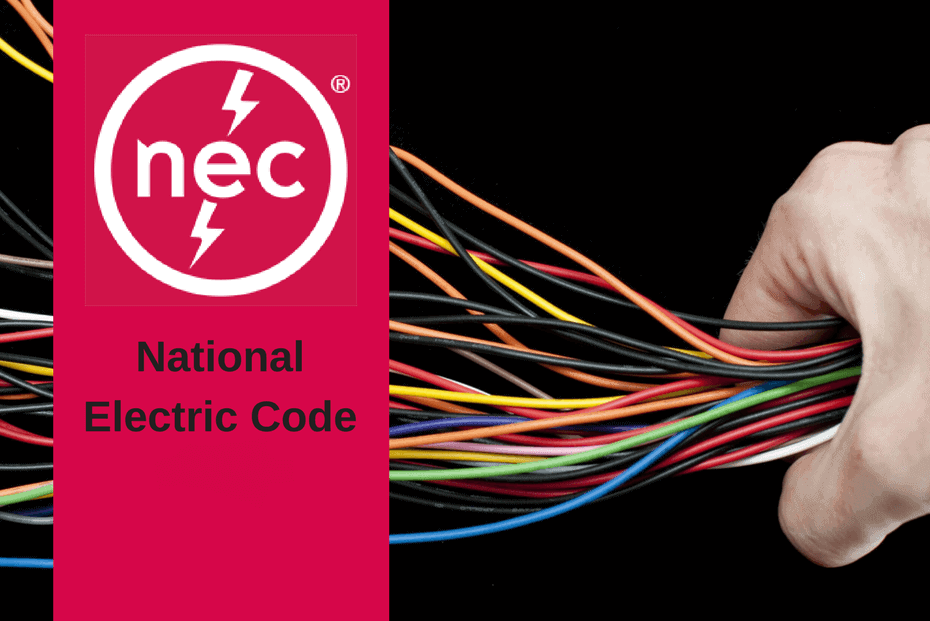
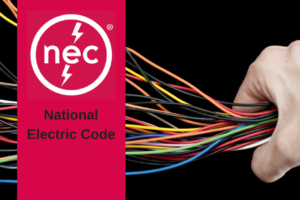 Fixing
Fixing 
 Power surges are almost a given, even in Southern California. One minute you could be watching the TV, and the next, your home gets struck by lightning. Before you know it, the power surge is burning expensive electronics like your refrigerators, dryers, washers, computers, and your beloved TV. A power surge is usually a result of things like storms, downed power lines, or lightning and could be prevented using
Power surges are almost a given, even in Southern California. One minute you could be watching the TV, and the next, your home gets struck by lightning. Before you know it, the power surge is burning expensive electronics like your refrigerators, dryers, washers, computers, and your beloved TV. A power surge is usually a result of things like storms, downed power lines, or lightning and could be prevented using 
 There is nothing scarier than hearing your smoke detector go off in the middle of the night. You get worried that you left the fire on, or your kids forgot to put off the stove. You might eventually realize nothing that can start a fire is on, but the chirping sound persists.
There is nothing scarier than hearing your smoke detector go off in the middle of the night. You get worried that you left the fire on, or your kids forgot to put off the stove. You might eventually realize nothing that can start a fire is on, but the chirping sound persists.